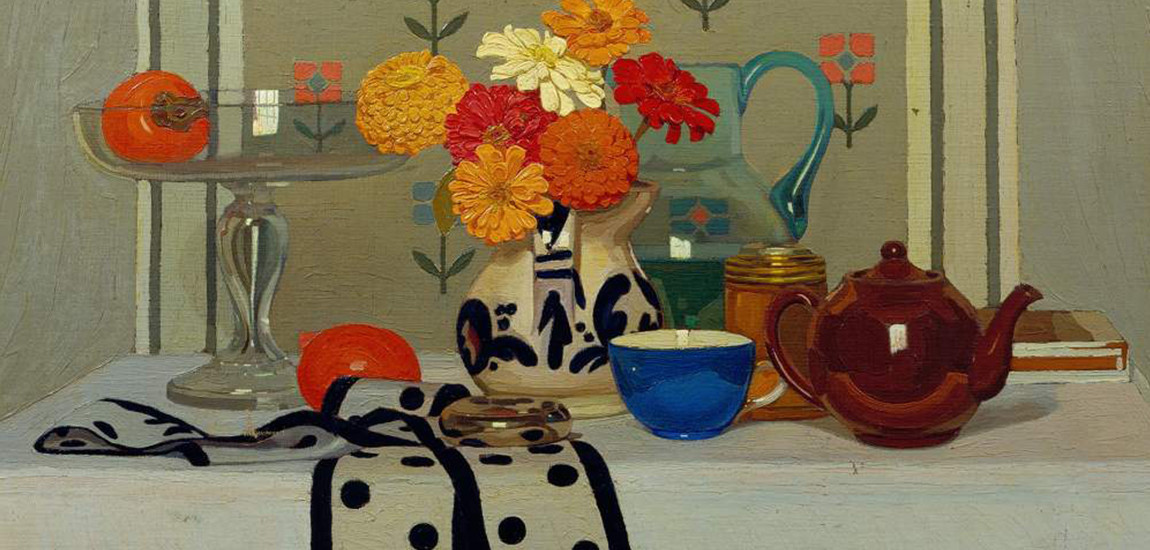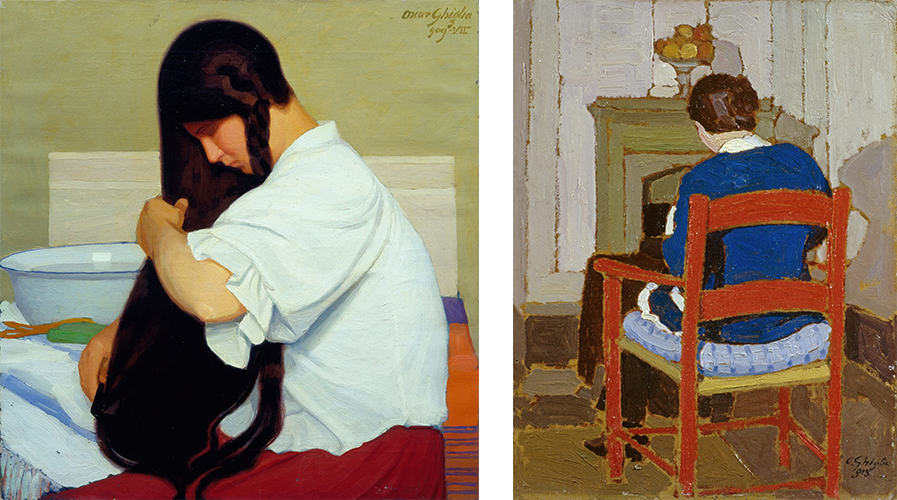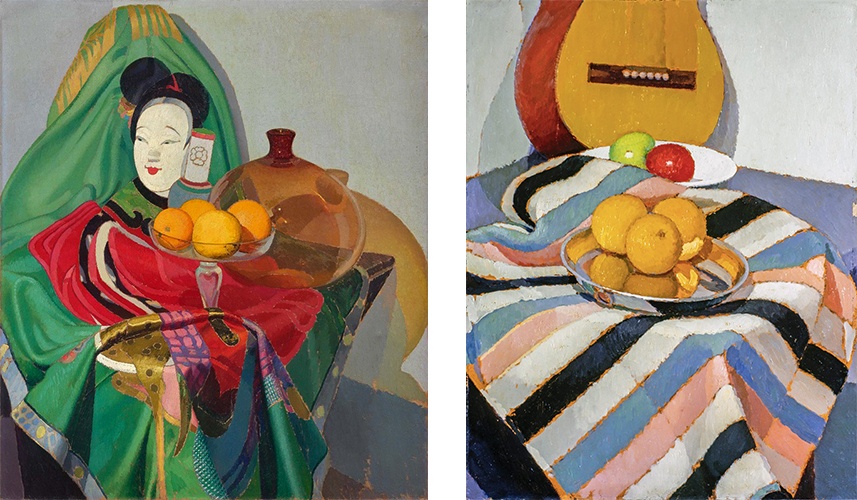
Oscar Ghiglia's Novecento Italiano at Palazzo Medici Riccardi
“Painting is based solely on the law of knowing how to find the right colour tone and getting i tinto its proper space.” – Oscar Ghiglia
The new exhibition at Palazzo Medici Riccardi features a beloved artist of the twentieth century: Oscar Ghiglia (1876-1945).
"Oscar Ghiglia, The years of the Novecento Italiano", proposes 60 works by the Leghornese artist, in a display that demonstrates how Ghiglia had always placed himself between the ancient and the modern, finding original solutions that found consensus from both critics and his colleagues.
Ghiglia was an extremely capable artist, a master of color and light, trained in Florence while looking with particular admiration at the great Giovanni Fattori. The love for “macchia” painting becomes clear when observing his works. Ghiglia looks to the past but rielaborates it through a completely personal style that takes inspiration primarily from the Macchiaioli painters, but also from the Nabis and Cezanne.
The first room offers us his Self-portrait (1920), portraits and still lifes, works by an artist still young, adhering to that artistic movement called Novecento Italiano which aimed at a "return to order". Despite this, we already find the very high quality and originality that characterizes all the work of the artist from Leghorn.
We then continue in the second room where the gaze is turned to the past, to classicism, of which Ghiglia makes a perfect modern synthesis.
In
the third room, the focus is on femininity, with the splendid nude entitled The Model (1928-29). The exhibition is
made even more special by two works by Amedeo
Modigliani - good friend of Oscar Ghiglia and a great admirer of his - which
find their place in this room.

Left, Woman combing her hair (1909). Right, The Red Chair (1913).
In the last two rooms the works are pervaded by a special brightness, they seem to vibrate under the sun, shining with their own light. Colorful images, suspended in time, evocative of that "magical realism" which became popular in art in the 1920s.
Characteristics of Ghiglia's work, and in particular of his still lifes, are the surfaces full of reflections, the sharp and accurately described objects, rendered with vibrant colors.
It's
hard not to become hypnotized by these intense images. The eye is inevitably
attracted and captured within the painting in a moment of absolute silence and
poetry.

Left, The Chinese / Color Accords (1926). Right, Old poncho (1924)



